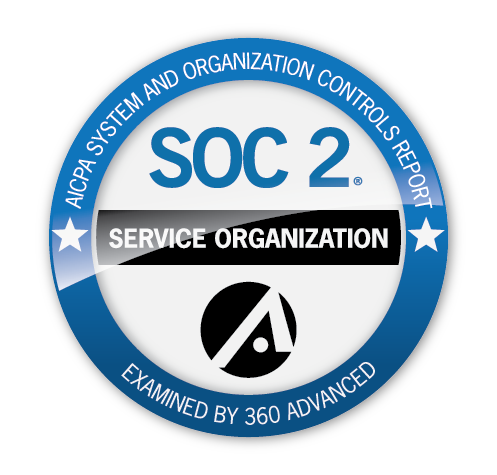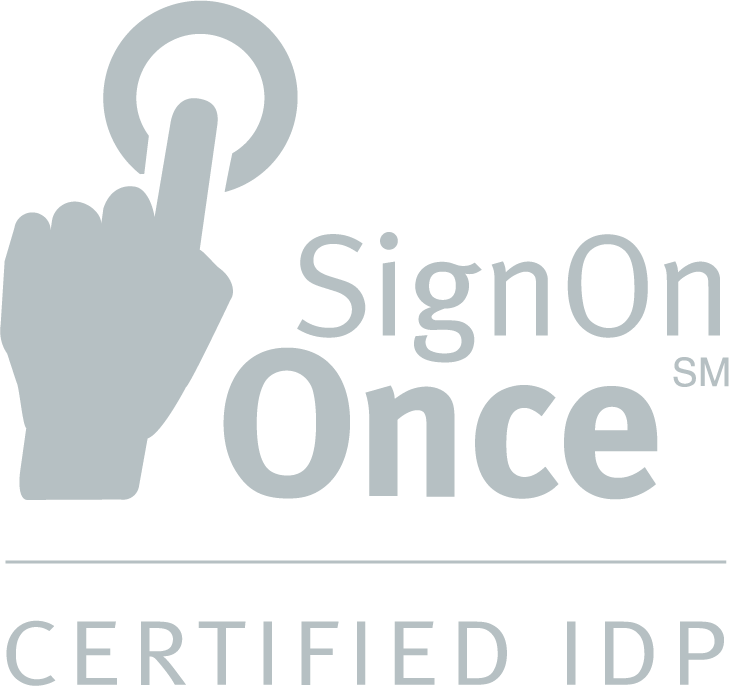Underwriting and claims processes are data and document-heavy and can quickly become mired in inefficiencies and bloated workflows. But, when employees are empowered with the right technology built with their work in mind, productivity and satisfaction bloom.
This year at Accelerate, Powered by NetVU, we talked with leading claims and underwriting experts to hear how they approach tech adoption and efficiency challenges. For each of them, getting the right solutions onto employees’ desks is critical for improving efficiency and workflow bottlenecks, data management issues, and employee user satisfaction.
The best answers come from people on the line
When employees are empowered with technology built intentionally for their roles, efficiency, employee satisfaction, collaboration, and time management improve. As in every business, employees usually know how their work could be better and more efficient. They also have insight into how technology could enhance their daily workload.
From our panel experts:
“Happy employees have skin in the game. They are also my customers, so it’s my job to make their jobs the best they can be. We talk with them about the technology they use and their experience with it. It's wild because they have so many ideas. I don't have all these ideas. You know, they have all these great ideas.
We are always looking for improvements that prevent an employee from manually touching something to make it work. Everyone's work improves when we can get technology to complete a task.”
“The quality of an employee’s user experience is paramount for driving efficiency and productivity. The work done in underwriting and claims is incredibly data, document, and process-heavy, so taxing employees with cumbersome, clunky workflows is bound to affect productivity and efficiency. Anything you can do that takes away somebody's having to touch something is a winner, and our employees can usually point us in the right direction to the solution that will work for them.”
APIs, integrations, and customizations
No technology solution exists in a vacuum, so customization and integration abilities unlock a new efficiency level. Underwriting and claims departments rely heavily on working seamlessly with outside businesses, so their technology should integrate externally with little effort or friction.
From our panel expert:
“When you rely on technology as much as we do, capturing and leveraging the constant improvements we achieve by integrating with other solutions is important. We gain efficiencies with each connection we make through an API integration. We are always looking for ways to stay productive, so a customization we can make to remove a manual process is a winner.”
“Improving connectivity through integrations is huge for us. If you’re not using all the integrations in the market right now, talk to somebody who is and learn from them. Many people in our industry find and implement integrations all day long. Understanding your software’s capabilities and finding ways to build systems that employees can use is critical. There is a learning curve, but the benefits are enormous.”
Tapping functionality
It’s expensive when a tech solution is underutilized or misunderstood. Underutilized features and functions cause inefficiencies, wasted resources, and user frustration. The best defense here is a good offense. Empowering employees to discover, explore, and leverage a technology’s features enables them to work at a higher capacity, saves valuable time, and takes advantage of your software.
From our panel experts:
“We are all about uncovering more of our technology's functionality, and by taking a deep dive into our tech stack, we’ve discovered features we aren’t using. We've got a laundry list of things we're looking into. Some are simple, like getting authorizations changed, and some are more complicated, like finding better ways for users to have more freedom within the product. Our goal is to get functionality to where we can complete a complicated process by pushing a button. This would drive efficiency to the next level.”
“We like to start with low-hanging fruit—the stuff we can get done quickly. We'll probably say yes to functionality and features if they save users time or reduce friction. We base our investigations around automating manual processes—looking for places in a workflow where a person touches a key. We are, of course, focused on solving some of our longer-tailed issues, but it’s a priority if it makes someone’s job easier. “
Finding the evangelists
Empowering users is paramount for the success of any technology product; the most sophisticated solution is useless if employees can’t use or understand it. User evangelists—passionate users who learn and champion technology to others—are critical for driving adoption.
These "power users" become enthusiastic advocates, spreading their love for features and functions across an organization. Their excitement is contagious, transforming others' perceptions of technology.
From our panel experts:
“There is so much power in an evangelist. When they love a feature or function, they can spread the word about how to better use the technology. An enthusiastic user can completely transform how others feel about learning and adoption. When people have skin in the game, efficiency can blossom. “
“Networking is another critical form of evangelization. I’m constantly finding people doing things better than I’m doing them. I seek these people out. All boats rise when you surround yourself with people as committed to finding answers as you are. Creating a network of like-minded technology users is critical if you truly want to build a productive and efficient system and improve your employees’ workloads and experience. “
Experts agree that the key to unlocking efficiency in underwriting and insurance claims management lies in a three-pronged approach: Equipping employees with user-centric technology, fostering a culture of exploration and user evangelism, and leveraging integrations to improve efficiency. This technology carries a heavy data load, so departments can streamline processes, boost productivity, and create a more satisfying work experience for their teams.


